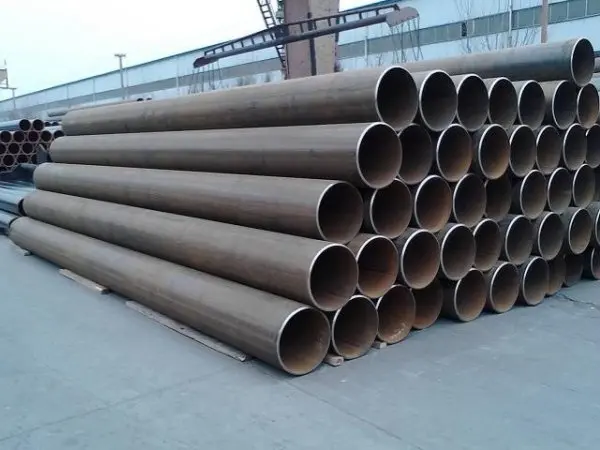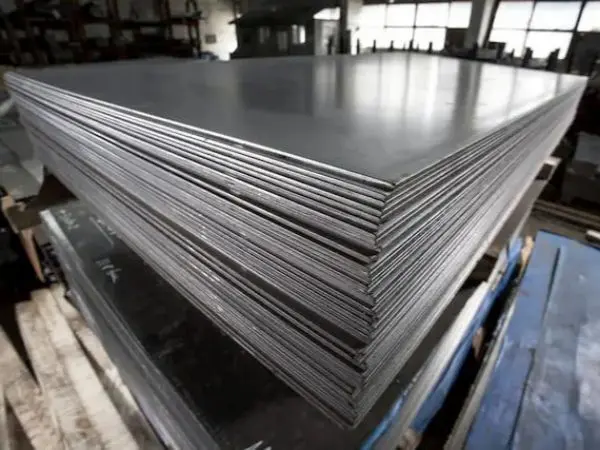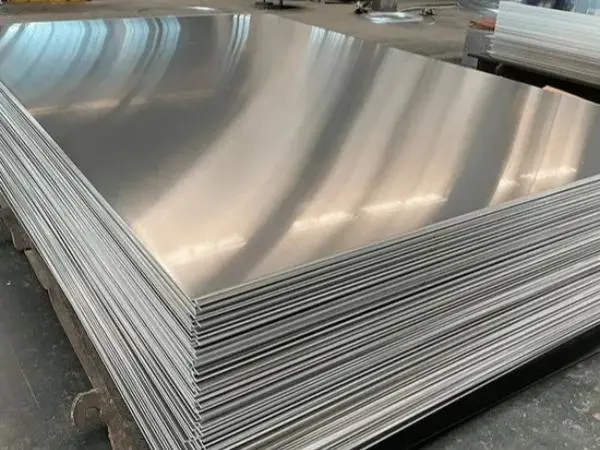- Phone0086 731 8564 8255
- E-mailsales@cscsteel-manufacturing.com
-

To ensure the quality, durability, and performance of galvanized steel pipes, specific surface treatment requirements must be met. These requirements not only enhance the appearance but also improve the functional properties of the pipes, making them suitable for various industrial and construction applications. The primary requirements include.
Cleanliness
The surface must be free from impurities such as oil, dust, oxide scale, and welding slag.
Proper cleaning ensures the galvanized coating adheres firmly to the steel pipe surface.
Surface Quality
The pipe’s outer surface should be free from defects such as rust spots, burrs, dents, and scratches.
If any defect exceeds 25% of the coating thickness or occupies more than 5% of the coated surface area, it must be repaired before the galvanizing process.
Coating Thickness
The thickness of the galvanized layer should comply with national or industry standards, typically between 5–15μm.
The average thickness on the outer surface must not be less than 5μm, and the minimum local thickness must be at least 4μm.
Uniformity of the Galvanized Layer
The galvanized coating must be evenly distributed over the steel pipe’s surface.
Defects such as missing plating, heavy plating, and bulges are unacceptable.
Adhesion of the Galvanized Layer
The coating should exhibit strong adhesion to the steel surface and must not peel or flake under normal handling or usage conditions.
Corrosion Resistance
The galvanized layer must provide excellent protection against corrosion, maintaining stability and performance in various environments, including humid and industrial settings.
Welding Seam Treatment
Weld seams should be smooth, free of slag, and treated with rust prevention measures to ensure uniform galvanization and durability.
By meeting these rigorous surface treatment standards, galvanized steel pipes achieve optimal functionality, longevity, and reliability in diverse applications.




